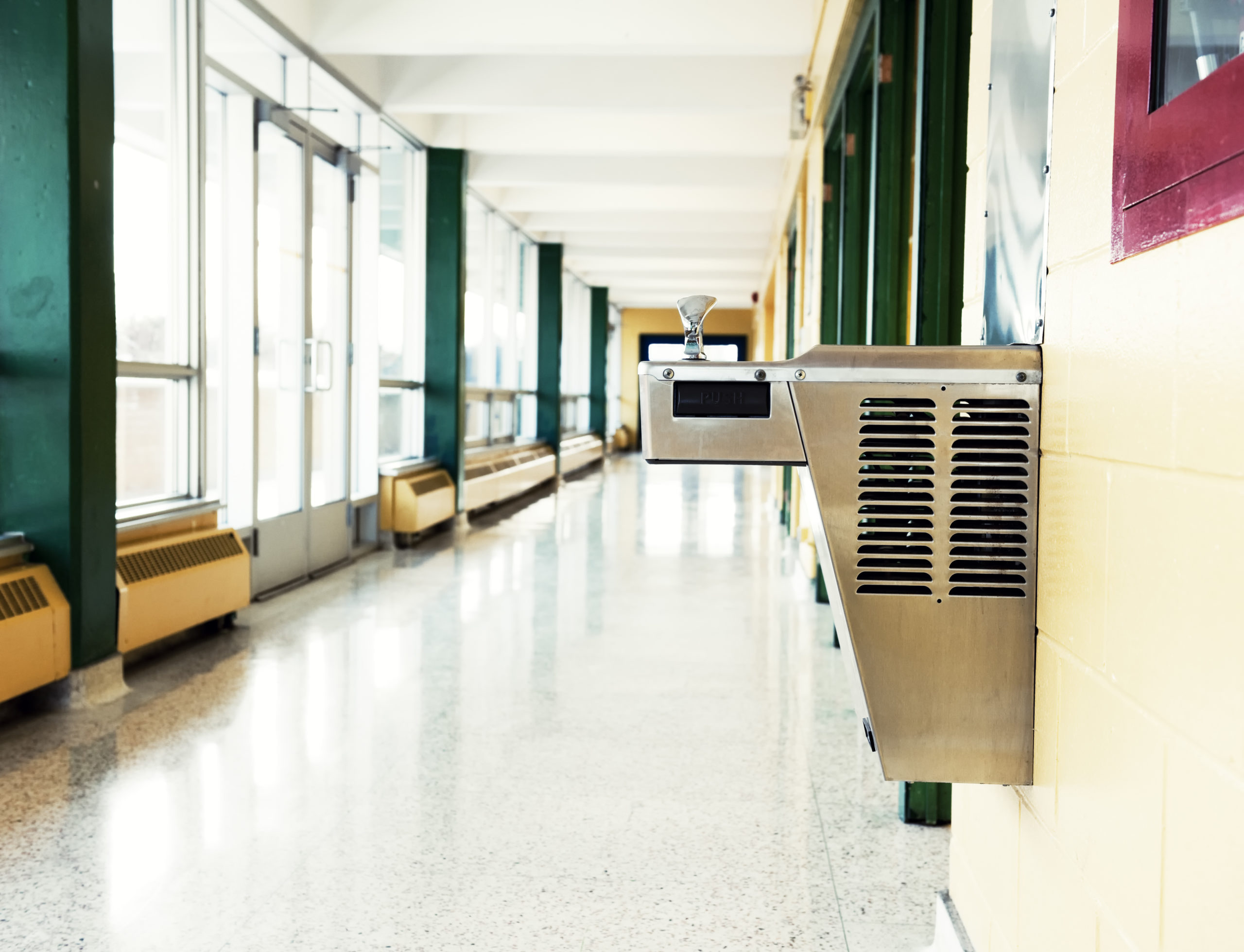Across Minnesota, school leaders are developing plans to deliver distance learning for an extended period of time in response to COVID-19. Many decisions and details will be needed in the days to come. Prioritizing actions and continuing to gain information needed to take next steps are important during this planning period.
Here’s a look at five key steps for school leaders to consider today and be in communication with parents on:
1. Devices
Access to a laptop or another device will be important while delivering distance learning. Now is the time to determine how many students may need access to a device.
Reach out to parents and ask them to let you know as soon as possible if they do not have access to a device at home. Be sure to provide information on what type of device will be needed.
2. Internet Access
Delivering distance learning demands reliable Internet access and in Minnesota, Internet providers, big and small, have been stepping up to provide free Internet access and unlimited data to families in need during this time. Determine if your local provider is offering or plans to offer this support. Comcast and Charter already have announced plans as well as rural providers like Garden Valley Technologies in Erskine, Minnesota.
Share these Internet resources with your parents and ask them to let you know as soon as possible if they will not have Internet access available beginning March 30.
3. Materials
There are three key material components to consider: preparation, delivery and pick up.
It is not expected that all learning materials will be completely delivered online. Schools will need to either identify a pick up location with a set of procedures for parents or a delivery system using busing.
Identify which pathway makes the most sense for your school and the initial frequency. For example, a school may have packet pick-up in the gym every Friday for parents. Or a school district may do deliveries and homework pick-ups via the current bus routes once or twice a week. Both of these pathways could be coordinated with nutrition services provided during the closure.
4. Nutrition
Providing nutrition has been deemed an essential service of schools during closure. Starting today, Minnesota’s public schools are expected to provide meals to students through the Summer Food Service Program (SFSP). The Minnesota Department of Education (MDE) applied for a waiver through USDA and was approved to allow schools to temporarily implement non-congregate dining. Learn more.
Share with your parents and your broader community on how you are delivering this valuable service. Consider posting images on your social media accounts of meal distribution and the work of your school staff.
5. Using Your Staffing
The expectation in the Governor’s Executive Order is that all staff will remain on payroll and should be contributing to the effort to plan for distance learning, provide nutrition and provide the opportunity for health and emergency workers to rely on the school for day care.
Superintendents, principals and supervisors should make clear directions to ensure the necessary planning, training, food preparation and delivery and child care services are accomplished while ensuring the safety of staff.
Develop a master grid of employees to track assigned duties, reporting at work or ill, and assigned or available locations for performing the work.
Share your plans with your staff. Consider communicating with your parents and broader community on how you are ensuring the safety of staff while they are actively working to serve your community during this critical time. That could include posting shout outs to your team members on your district’s social media accounts.
……………………………
Taking Action
MREA developed a series of guides to help schools respond and plan for the spread of COVID-19:
Stay Connected
Stay apprised of resources and news on COVID-19 for schools at: MREAvoice.org/covid19





